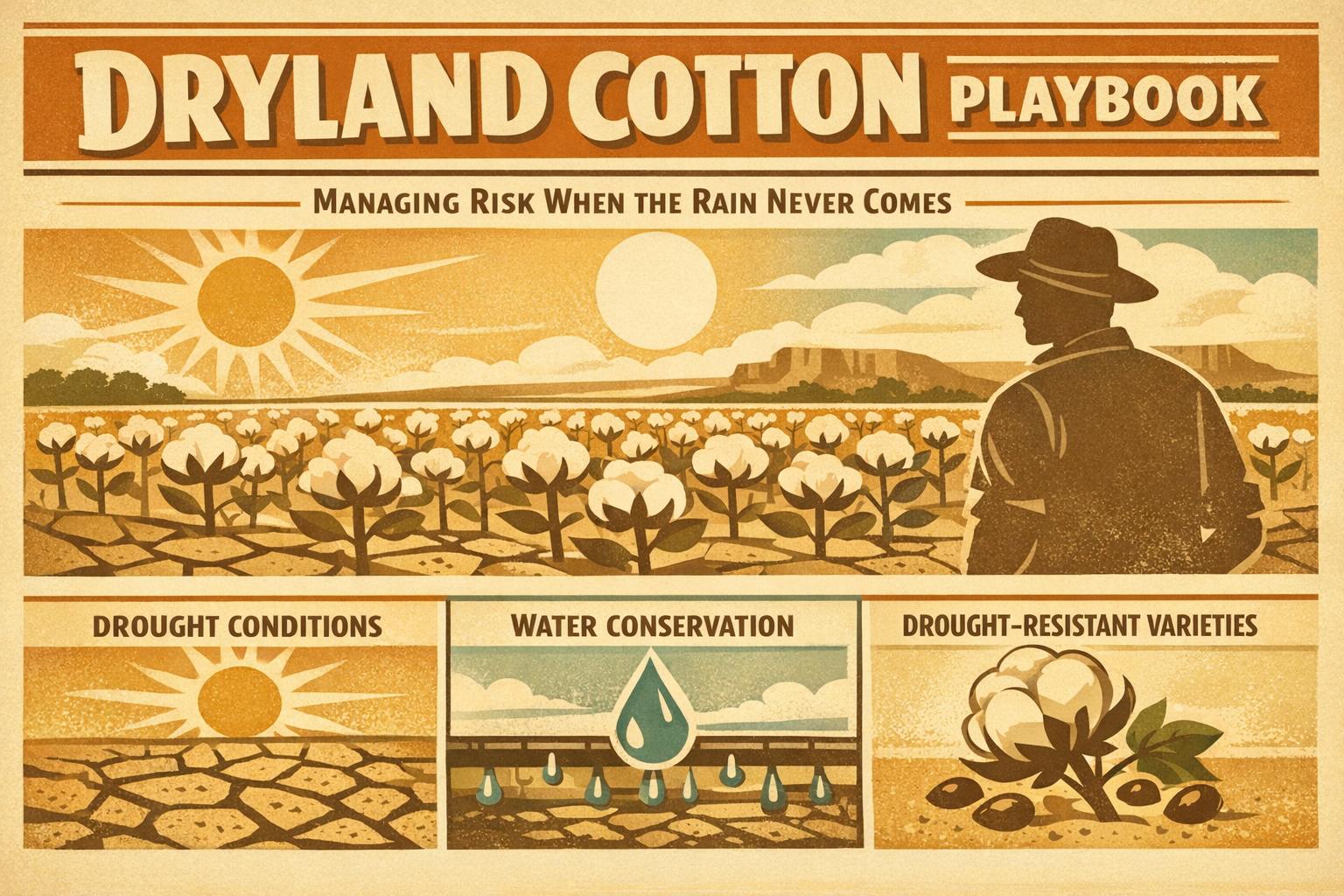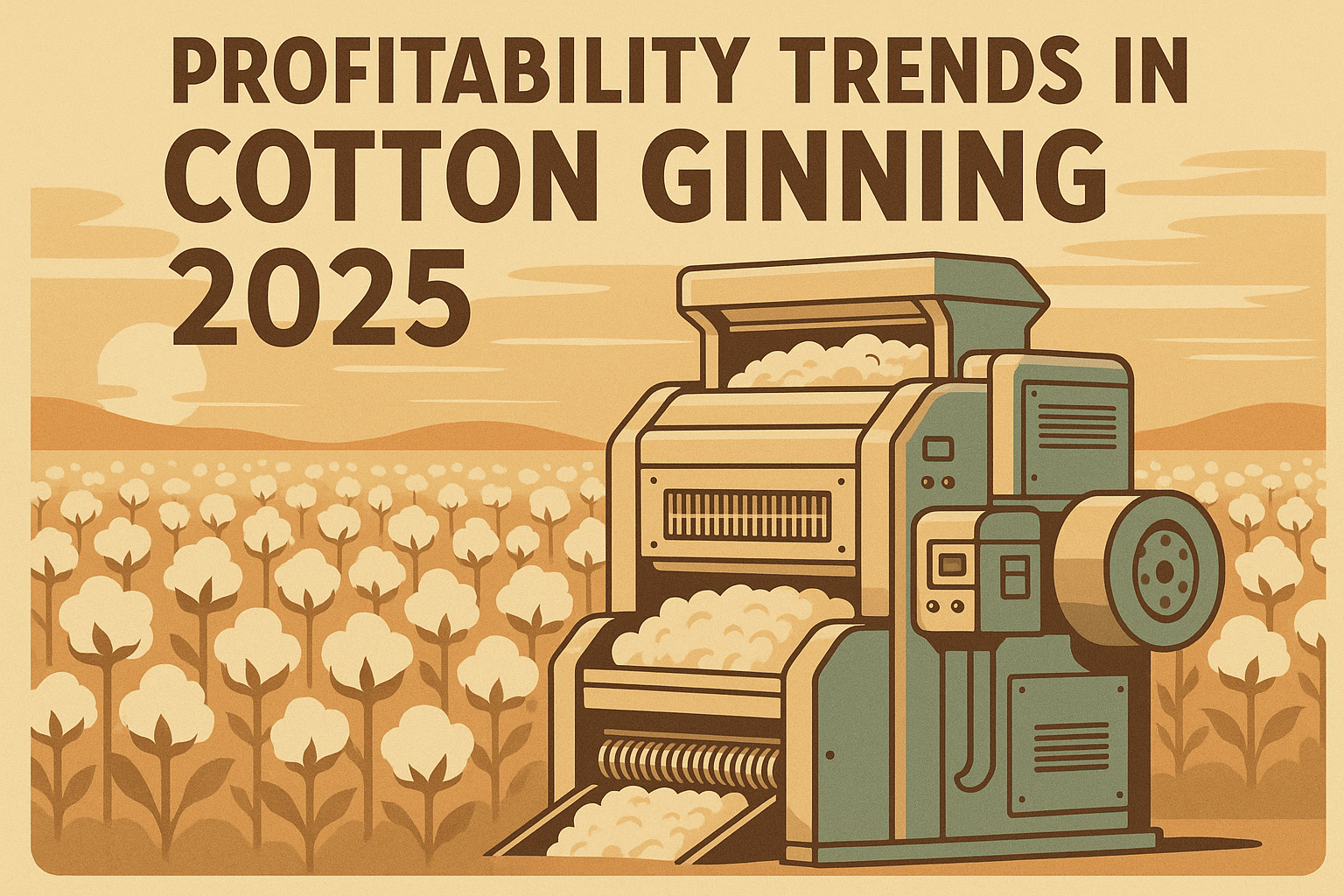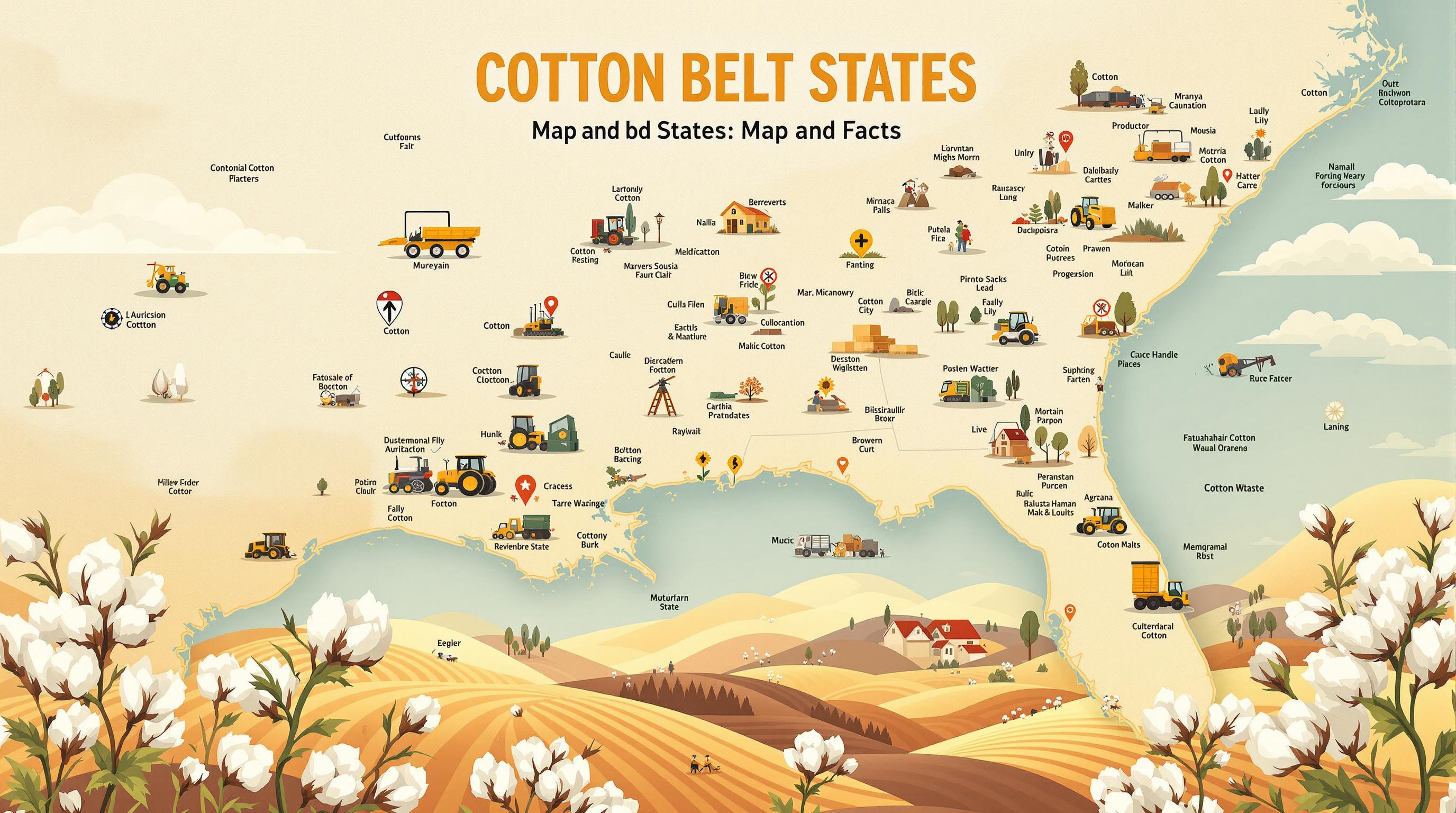Third-party cotton audits help cotton gins meet safety, quality, and environmental regulations while improving operations. They are critical for ensuring compliance with OSHA, EPA, and USDA standards, which cover workplace safety, air quality, waste management, and cotton quality control.
Key Benefits of Third-Party Audits:
- Regulatory Compliance: Verifies adherence to OSHA, EPA, and USDA requirements.
- Quality Assurance: Ensures cotton grades, moisture levels, and contamination control meet standards.
- Safety Validation: Confirms emergency plans, equipment maintenance, and employee training are effective.
- Operational Improvements: Identifies issues early and provides actionable insights to optimize processes.
Quick Overview:
- Audit Focus Areas: Operations, quality control, environmental impact, and safety systems.
- Preparation: Organize permits, training records, and maintenance logs.
- Post-Audit: Address findings with immediate fixes and action plans.
By investing in third-party audits, cotton gins reduce risks, build trust with buyers, and unlock new market opportunities. These audits are not just about compliance - they help facilities improve efficiency and maintain high standards.
Types of Cotton Audit Programs
Operators have the option to choose audit programs tailored to their operational, compliance, and safety requirements. Here's a breakdown of how different types of audits address specific goals.
Third-Party vs Internal Audits
Third-party audits provide an independent review, often valued by regulators and buyers. Internal audits, on the other hand, are conducted by the organization's own staff and tend to focus on specific operational areas. Here's how they differ:
| Aspect | Third-Party Audits | Internal Audits |
|---|---|---|
| Independence | Conducted by external professionals | Conducted by in-house staff |
| Credibility | Often recognized by stakeholders | Limited external recognition |
| Scope | Broad review of operations | Targeted focus on internal areas |
Main Goals of Cotton Gin Audits
Third-party audits for cotton gins focus on ensuring compliance, maintaining quality, and upholding safety standards. The primary objectives include:
- Regulatory Compliance Verification: Ensures adherence to government regulations and industry standards.
- Quality Management Assessment: Examines the effectiveness of quality control systems.
- Safety Program Validation: Evaluates the implementation and effectiveness of safety protocols.
Selecting the right audit program depends on the operator's specific priorities, whether they are compliance, quality assurance, or safety-focused.
How Cotton Audits Work
Preparing for an Audit
Getting ready for a third-party audit means gathering the right materials. Operators need to have the following documents on hand:
- Operating permits and licenses
- Safety protocols and training records
- Equipment maintenance logs
- Quality control records
- Employee certification documents
These records form the foundation for meeting regulatory and quality standards.
What to Expect During the Inspection
Once everything is organized, operators must ensure a smooth on-site review process. Auditors will examine the documentation and inspect the facility to confirm compliance with safety, maintenance, and quality requirements. Operators should provide full access to all necessary records and areas of the facility.
Post-Audit Steps
After the audit, the firm will provide a report outlining its findings, including compliance observations and any recommended corrective actions. Operators should promptly review the report and address any issues raised. Keeping records of these corrective actions is essential for maintaining compliance over time. These steps become part of an ongoing compliance process.
Why Third-Party Audits Matter
Third-party audits play a key role in ensuring cotton gins comply with regulations while strengthening their reputation in the market. These evaluations not only help reduce risks but also build trust within the industry.
Reducing Legal and Safety Risks
By identifying compliance gaps early, cotton gins can address potential issues before they become major problems. Audits focus on critical areas like safety protocols, permit documentation, employee training, and maintenance logs. This process helps facilities uphold safety standards and lowers the chances of legal or operational setbacks.
Building Trust and Market Access
Audits do more than confirm compliance - they offer benefits that foster confidence and open doors in the industry. Consistent adherence to audit standards can result in:
- Boosted Buyer Confidence: Verified compliance reassures textile manufacturers and retailers.
- Transparent Supply Chains: Clear documentation of cotton handling and processing practices.
- Proven Quality Standards: Evidence of dedication to operational and safety excellence.
- New Market Opportunities: Meeting stringent compliance standards can unlock access to new business ventures.
Audit Costs and Returns
While third-party audits come with upfront costs, the long-term benefits far outweigh the expense. These include reduced liability risks, better operational efficiency, and greater market opportunities. For cotton gin operations, this investment is a smart move that pays off in multiple ways.
sbb-itb-0e617ca
Tips for Passing Third-Party Audits
Preparing for a third-party audit can feel overwhelming, but following these practical steps will help you stay ready and compliant.
What Auditors Look For
During a cotton gin audit, inspectors typically focus on these key areas:
- Equipment Maintenance: Records of machinery inspections, calibration certificates, and repair logs.
- Safety Systems: Emergency procedures, fire safety equipment, and personal protective equipment (PPE).
- Quality Control: Cotton handling protocols, measures to prevent contamination, and testing procedures.
- Environmental Compliance: Dust control systems, waste management processes, and emissions monitoring.
Audit Preparation Checklist
Being well-prepared can make a big difference. Here's how you can get ready:
- Organize Documents: Keep permits, licenses, and training records in one place. Update safety data sheets (SDS) and ensure equipment maintenance logs are current.
- Prepare Your Facility: Keep the workspace clean and organized, label equipment clearly, ensure emergency exits are accessible, and make safety equipment easy to reach.
- Train Your Team: Make sure staff are familiar with safety procedures, run mock audits to practice, ensure key personnel are available, and update standard operating procedures (SOPs).
Fixing Audit Issues
If issues are identified during an audit, address them right away using these steps:
1. Immediate Fixes
Quickly correct any safety-related problems and document the changes you make.
2. Create an Action Plan
Develop a detailed plan to resolve larger issues. Include specifics like identifying the problem, analyzing its cause, proposing solutions, assigning responsibilities, and setting deadlines.
3. Track Progress
Use a system to monitor corrective actions. Regular check-ins help ensure everything stays on track.
Taking these steps not only resolves current issues but also sets you up for smoother audits in the future.
Conclusion
Third-party cotton audits play a key role in ensuring compliance and maintaining quality. They help identify problems early, minimize risks, confirm adherence to standards, and streamline operations.
For cotton gins, regular audits offer several advantages:
- Catch issues before they grow into major problems
- Ensure quality standards are consistently met
- Open doors to broader market opportunities
- Enhance processes and cut down on waste
To find certified cotton gins in the U.S., visit cottongins.org. This platform allows users to search by location and check which facilities hold active third-party certifications.
FAQs
How do third-party audits improve safety and efficiency in cotton gins?
Third-party cotton audits play a crucial role in ensuring the safety and operational efficiency of cotton gins. By bringing in independent experts, these audits help identify potential safety hazards, verify compliance with regulatory standards, and assess operational practices. This proactive approach reduces risks and ensures a safer working environment for employees.
Additionally, these audits evaluate the overall efficiency of the cotton gin's processes. They provide valuable insights into areas where performance can be optimized, such as equipment maintenance, waste reduction, and quality control. By addressing these factors, third-party audits help cotton gins maintain high-quality standards and operate more effectively.
What is the difference between third-party and internal audits, and why might a cotton gin choose one over the other?
Third-party audits are conducted by independent organizations to ensure compliance with regulatory and quality standards, while internal audits are performed by a company’s own staff to monitor and improve internal processes.
Cotton gins often choose third-party audits for their unbiased evaluations and credibility, which can help demonstrate compliance to regulators and build trust with customers. Internal audits, on the other hand, are typically used for ongoing, in-house improvements and preparation for external reviews. Both play important roles in maintaining operational efficiency and regulatory compliance.
What should a cotton gin do if a third-party audit reveals major issues?
If significant issues are identified during a third-party audit, it's essential for the cotton gin to act promptly to address them. Start by reviewing the audit findings in detail to fully understand the areas of non-compliance or concern. Then, develop a clear action plan that outlines specific steps to resolve the issues, including assigning responsibilities and setting deadlines.
Once corrective actions are implemented, consider scheduling a follow-up audit to ensure all problems have been resolved and compliance is maintained. Proactively addressing these findings not only helps meet regulatory standards but also demonstrates a commitment to quality and operational excellence.


